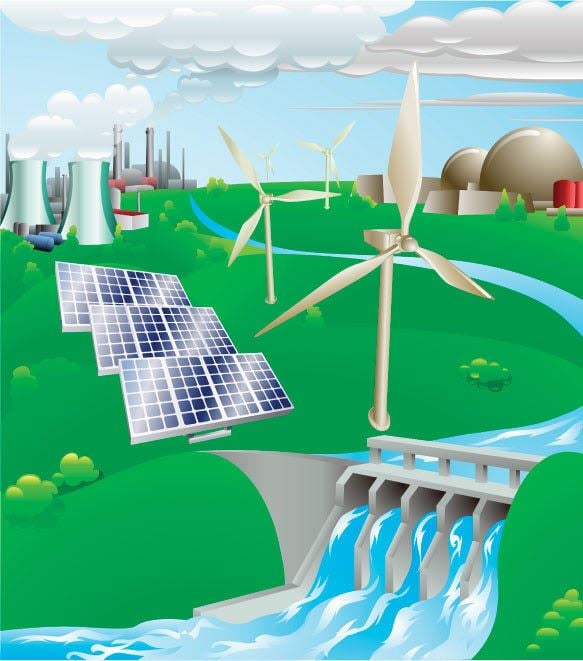This development will e.g. be driven by a stronger transmission grid, environmental targets set by the European Union and decisions on downscaling of nuclear generation capacity. Tighter market couplings and increased contributions from intermittent generation will call for efficient balancing services, and possibly the development of new products to handle system balancing.
The flexibility of hydropower allows for efficient balancing of intermittent production. By fully utilizing this flexibility, hydropower producers can optimize the use and allocation of available capacity in the different electricity markets. Thus, the value of flexible hydropower generation can be enhanced by participating in multiple markets. The importance of the different types of market products may change significantly from what Scandinavian hydropower producers are familiar with. Today, the producers primarily benefit from selling power in the day-ahead (spot) market. However, the inherit flexibility of hydropower enables active contribution in balancing markets as well. In central Europe, the revenue of hydropower obtained from balancing markets is significantly higher than in the Nordic market.
The primary objective of this project is to incorporate the impact of balancing markets in methods and models for hydro scheduling used in a hydropower producer's planning process. This impact will be assessed and incorporated by reviewing existing approaches, illustrating concepts by use of simple conceptual models, and extending current scheduling tools.
Furthermore, the project aims at identifying how the increasing importance of balancing markets influences the hydropower scheduling process and the tools that are used in the planning process. This will be achieved by defining how the hydropower strategy, e.g. represented by water values, should be computed and interpreted taking balancing markets into account. The focus of the project is on long- and medium-term hydro scheduling, but the whole planning process will be considered.

